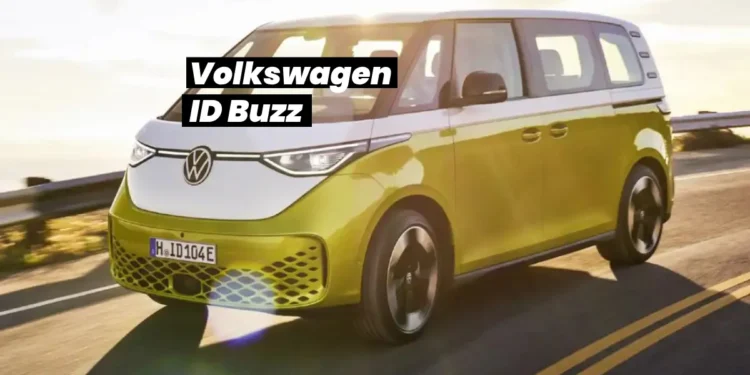Table of Contents
Volkswagen id buzz: Pros and Cons?
1. What is the ID.Buzz?
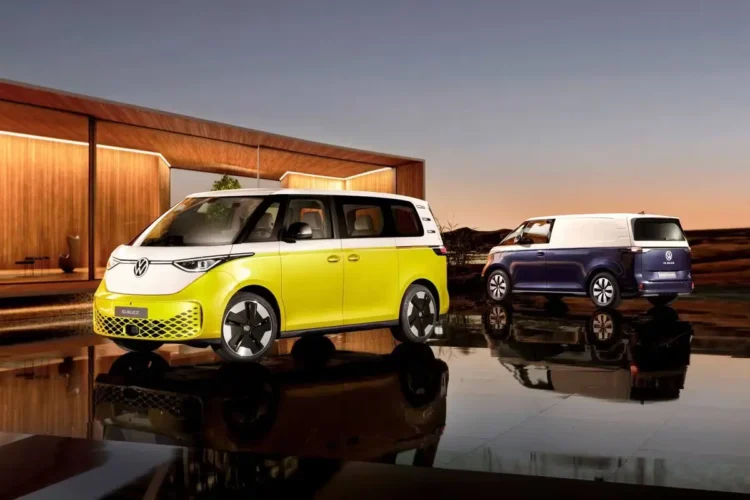
In recent years, Volkswagen has taken the spotlight in the automotive world with the release of the ID.BUZZ, a fully electric small van born from their MEB (Modular Electric Drive matrix) platform in Germany, which will be divided into two versions: passenger car and truck.
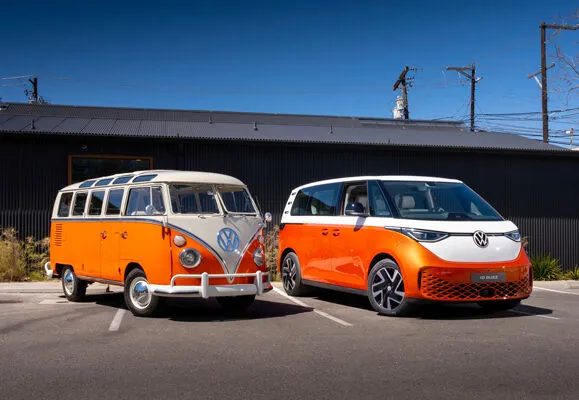
We won’t go into details about the classic design of ID.BUZZ. As you can see it inherits the iconic design of Volkswagen’s most famous model T1 in the 1950s and 1960s. This electric van is Volkswagen’s fifth model based on the MEB platform after the ID.3 to ID.6 and can be considered as the first MPV (Multi-Purpose Vehicle) model.
What we will talk about is the MEB platform adopted by ID.BUZZ, which is almost tailor-made for this car. We even believe that when the MEB platform was originally designed, it was considered to provide various conveniences for ID.BUZZ.
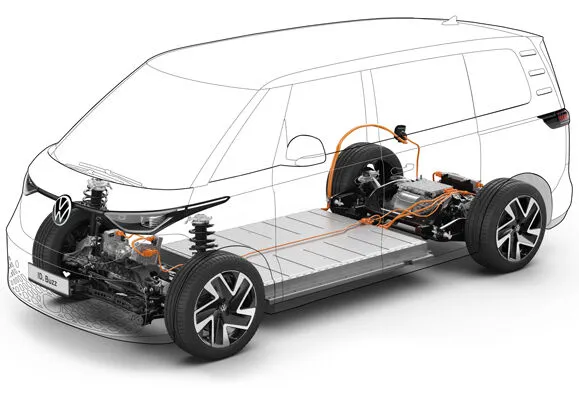
But now that the Volkswagen MEB platform has come to life, its advantages and disadvantages have been exposed, and there is not much room for development in the future.
2. The Flexible Layout of ID.Buzz

Volkswagen’s MEB pure electric platform is used on the ID.3, with a wheelbase of 2765 mm and a vehicle length of 4261 mm. The length, width and height of the ID.BUZZ standard-axle model are: 4712 mm, 1985 mm, 1937 mm respectively, and the wheelbase is 2988 mm. It is currently the model with the longest wheelbase on the MEB platform. And there is also a long-axis version to be released later.
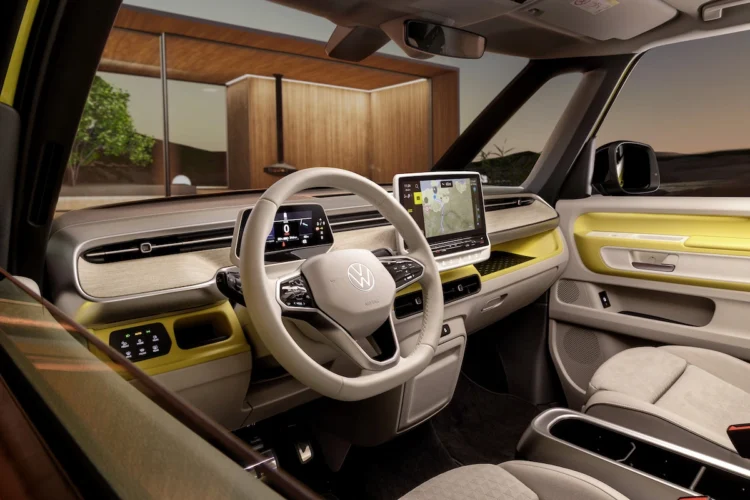
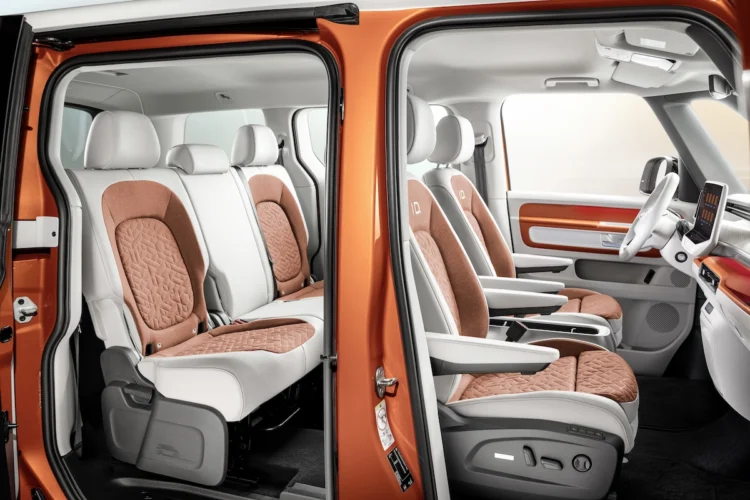
Furthermore, being a purely electric platform, the MEB doesn’t have a gearbox or drive shaft, distinguishing it from traditional fuel-powered vehicles. This makes it an ideal fit for single-car models like the ID.BUZZ. The elimination of these components not only allows for a completely flat floor design but also enables the preservation of a lateral passage between the driver and the passenger.
The MEB platform was initially designed with a focus on tolerance, but as with everything, there are both pros and cons. While the design has a broad range of considerations, it becomes evident that its all-encompassing nature might lead to a lack of standout performance in certain aspects.
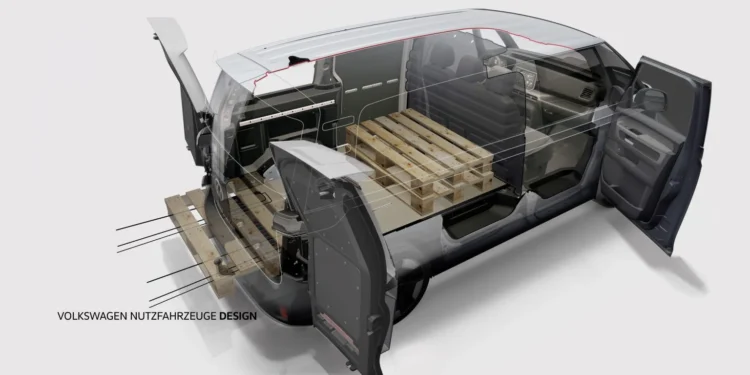
As a passenger car, it offers versatile seating arrangements like 2+2+3, 2+2+2, and 2+3+2, with the flexibility to adjust wheelbases based on different country versions. Turning to cargo, the five-seater passenger variant accommodates 1121 liters of luggage, extendable to a maximum of 2205 liters. The generous interior space also harks back to the roominess that characterized the fuel-powered Volkswagen T1 from 1972.
3. The Steering Flexibility
MEB platforms all adopt a classic MacPherson structure design, with the steering column located under the front, and the rear axle adopts various suspension structures as needed. If the MacPherson front suspension is used on Audi models, it may seem a bit low-grade, but it is very suitable when used on the Volkswagen ID.BUZZ.
In addition to cost considerations for using MacPherson, the front axle drive unit, MacPherson suspension and steering mechanism are very compact in the MEB design. Notably, the longitudinal members can be moved back a long distance, which creates space for MEB models to design large wheel arches. For example, the largest wheel rim of the Volkswagen ID.BUZZ can be up to 21 inches.
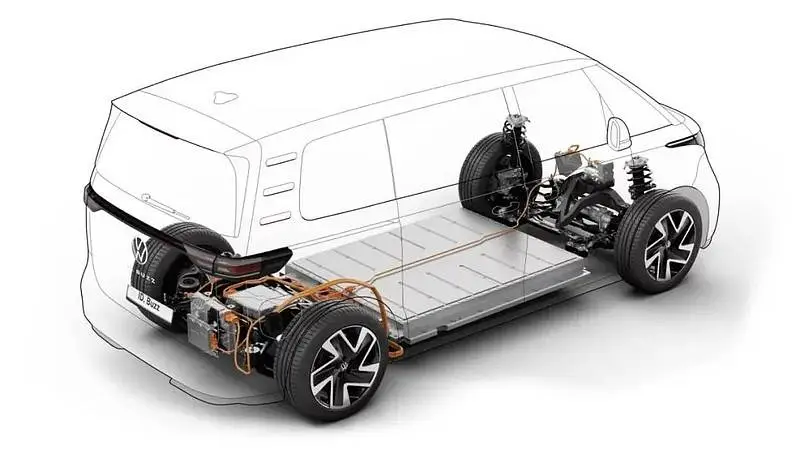
This design has an obvious benefit, ultimately allowing the front wheels to turn at a larger angle. For example, friends who have driven ID.4, ID.6 and other models know that they do not have any rear-wheel steering technology, but the steering diameter is very small. For example, the turning circle of the Audi Q4 e-tron is 10.2 meters, and the fuel version of the Golf also has a turning circle of 10.9 meters.
Although Volkswagen ID.BUZZ does not provide steering diameter data, it is believed that flexible steering is its advantage. This is an obvious advantage for a large single-car like ID.BUZZ, especially when used on the narrow streets of Europe. And it doesn’t require the expensive technology of rear-wheel steering.
4. Is ID.Buzz’s Electric Motor not that good?
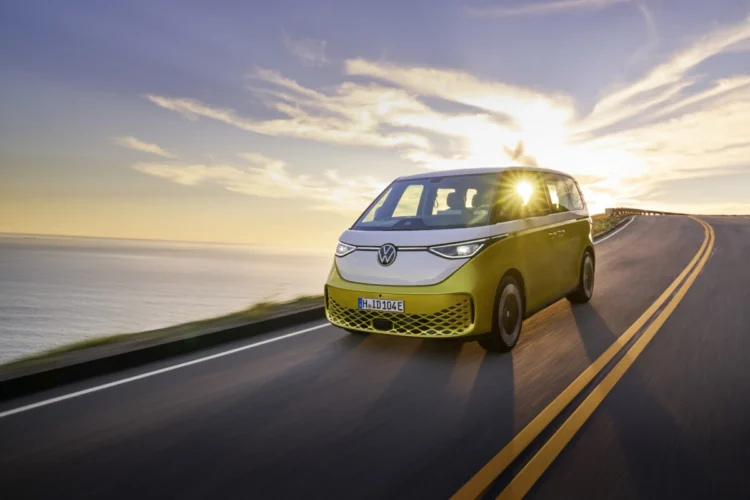
If there are any shortcomings of the MEB platform that takes into account all aspects, we believe performance is the most prominent point. The entire Volkswagen ID.BUZZ series uses the same single, rear-mounted electric motor as the ID.4, with a maximum power of 150 kW – that’s the equivalent of 204 hp and a maximum torque of 310 Nm, which can take the ID.BUZZ from 0 to 62mph in 10.2 seconds, not to forget a top speed of 145 km/h.
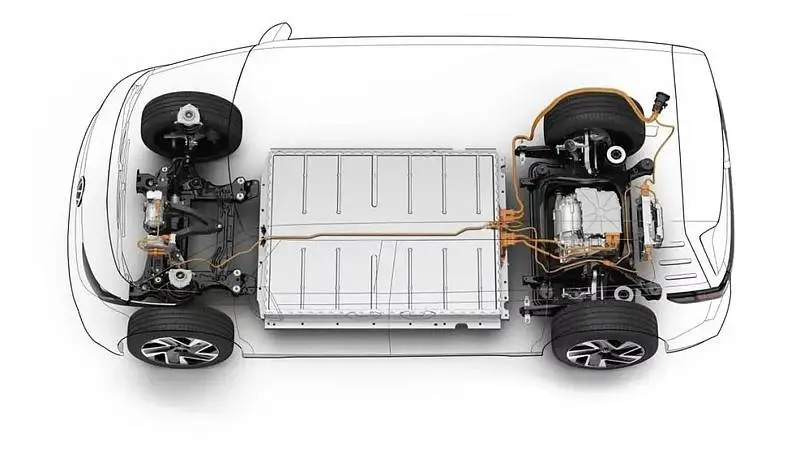
But no matter what, this kind of power is obviously not enough for a large car of the size of the Volkswagen ID.BUZZ.
But we believe that Volkswagen ID.BUZZ will provide a dual-motor version later. Even so, its performance is not very outstanding.
5. What about ID.BUZZ’s battery?
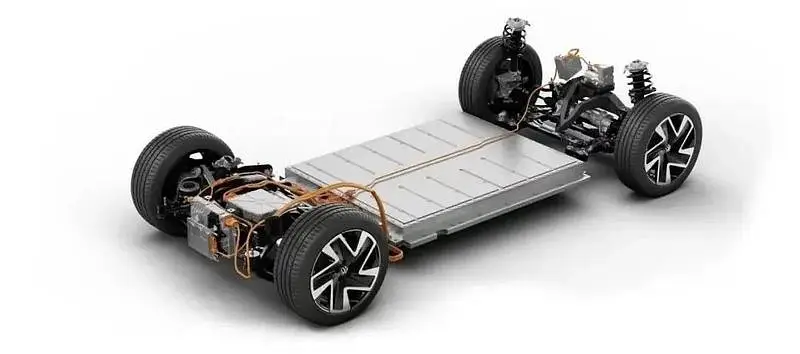
Volkswagen ID.BUZZ now uses a lithium-ion high-voltage battery in the vehicle floor with a total capacity of 82kWh (usable capacity 77kWh), but the battery life results have not been announced. This battery has the same capacity as the Volkswagen ID.4, ID.6 and Audi Q5 e-tron. The maximum charging power for fast charging (DC) is up to 170 kW. At this charging rate, it only takes around 30 minutes to charge the battery from 5% to 80%.

We believe the public is very clear about the advantages and disadvantages of MEB. Therefore, in the 2030 NEW AUTO strategy released in July last year, it was mentioned that MEB will be replaced by the SSP platform in the future, and that Volkswagen’s current electric vehicle software is not good, and the platform limits its intelligence.
But for car manufacturing, being advanced is not necessarily the best, suitable is the most important. Aren’t the MEB platform and Volkswagen ID.BUZZ a perfect match?



